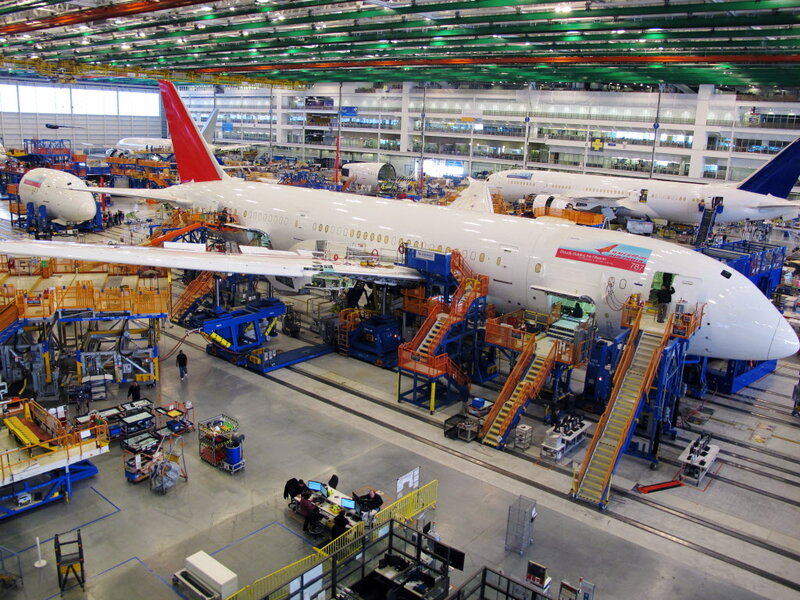Boeing patents laser force field. How does it work?
Loading...
The aerospace and defense company Boeing just earned a patent for a "method and system for shockwave attenuation via electromagnetic arc," which is essentially a laser force field. The design, reminiscent of something George Lucas could have dreamed up, is the first of its kind and has the potential to change modern warfare.
The concept behind Boeing’s force field, which would most likely be used to protect military vehicles, is to detect an explosion and then protect against the potentially fatal overpressure waves generated by a detonation of high explosives. It will not protect against shrapnel from explosions – that remains the job of the vehicle's armor.
"Such embodiments as described above may reduce the energy density of the shockwave by creating a second medium in the path of the advancing shock wave that reflects, refracts, absorbs and deflects at least a portion of the shockwave," the patent reads.
According to Popular Science, the product uses a sensor to detect an explosion and estimate the time and location of the blast. Then the signal from the sensor would trigger a laser, or a blast of electric or microwave energy, to heat up a section of air or water to create a plasma shield between the vehicle and the explosion. The plasma would absorb shockwaves from the explosion.
Unlike its fictional counterparts, the force field will not be able to permanently surround a vehicle or a person. It works only when explosions are detected. The plasma shield would also likely cause the inside of the shield to go pitch black, so anyone within the force field would not be able to see out.
Despite these limitations, the technology could potentially be used to protect barracks and other buildings from explosions, which would lower the damage done in attacks. Theoretically it could also be used to shield airplanes, which would make sense giving Boeing’s line of work in both military and commercial aircraft, according to Science Mic.
One challenge to be overcome before the technology can be marketed for military use is detecting blasts of different magnitudes. Lightly armored vehicles, such as Humvee, would need protection against smaller blasts, while larger vehicles would need protection only against larger blasts, as they are built to withstand a certain amount of shock. Boeing plans for vehicles equipped with the force field to have a database of bomb explosion signatures so that the system knows how to react.
Boeing frequently acquires patents to protect its intellectual property, but does not necessarily explore each potential new product. So far there is no set date for when this piece of the sci-fi world will make it into the present.






